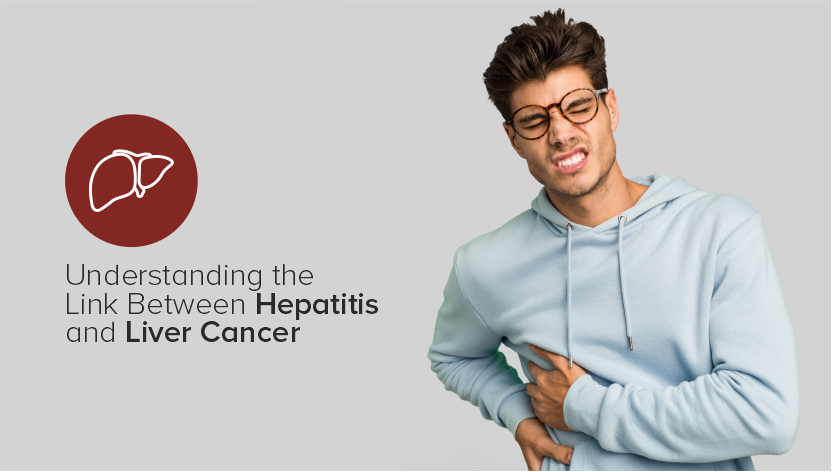The Link Between Hepatitis and Liver Cancer: What You Need to Know
Home > Blogs > The Link Between Hepatitis and Liver Cancer: What You Need to Know



When it comes to liver cancer, one of the most significant risk factors is hepatitis infection. Both hepatitis B and hepatitis C viruses have been closely linked to liver cancer, particularly a type known as hepatocellular carcinoma (HCC). At Aayush Cancer Hospital, recognized as the Best Liver Cancer Hospital in Jamnagar, we believe that educating patients about this critical connection can save lives. Let’s explore why hepatitis is such a major concern and how early detection and expert care can make all the difference.
Hepatitis refers to inflammation of the liver, often caused by viral infections. Among these, hepatitis B (HBV) and hepatitis C (HCV) are the most common culprits leading to chronic liver disease and liver cancer.
Hepatitis B (HBV): Spread through contact with infected blood, sexual contact, or from mother to child at birth.
Hepatitis C (HCV): Primarily spread through blood-to-blood contact, often via contaminated needles or medical equipment.
Both viruses can cause chronic infection, which slowly damages the liver over many years.
Chronic infection with HBV or HCV triggers continuous inflammation in the liver. Over time, this persistent inflammation causes liver scarring (cirrhosis), a key risk factor for liver cancer.
In some cases, even without cirrhosis, hepatitis B can directly damage liver cells and cause mutations that lead to cancer. This makes hepatitis B particularly concerning with high infection rates.
Unfortunately, many patients don’t realize they have hepatitis because it can remain silent for decades. That’s why regular screening and vaccination are so important—something the Liver Cancer Specialists in Jamnagar at Aayush Cancer Hospital always emphasize.
At Aayush Cancer Hospital, the Best Cancer Hospital in Jamnagar, we understand that early detection is crucial. If you have risk factors such as:
A history of hepatitis B or C infection
Family history of liver cancer
History of heavy alcohol use
Non-alcoholic fatty liver disease (NAFLD)
— it’s important to talk to a doctor about regular screening.
Our Liver Cancer Hospital in Jamnagar offers advanced diagnostic tools including:
Blood tests (AFP levels)
Ultrasound screening
CT and MRI scans
These tools help us detect liver cancer at an early stage when treatment is most effective.
Preventing hepatitis infections is one of the most effective ways to reduce liver cancer risk:
Vaccination: Hepatitis B vaccination is safe, effective, and recommended for all infants and at-risk adults.
Safe Practices: Avoid sharing needles, and ensure medical equipment is properly sterilized.
Regular Testing: Especially if you have risk factors, regular testing helps catch infections early and start treatment.
At Aayush Cancer Hospital, we not only treat patients but also focus on preventive care—because preventing hepatitis today can mean avoiding liver cancer tomorrow.
If you or a loved one is diagnosed with liver cancer, choosing the right hospital is vital. As the Best Liver Cancer Treatment Hospital in Jamnagar, we offer a comprehensive range of treatments tailored to each patient’s needs:
Surgery: Removing the tumor or performing a liver transplant if needed.
Ablation therapies: Destroying cancer cells using heat or other techniques.
Targeted therapy and immunotherapy: Cutting-edge treatments that attack cancer while sparing healthy tissue.
Chemotherapy and radiation therapy: When appropriate, to control tumor growth.
Our team of Liver Cancer Specialists in Jamnagar combines expertise, compassion, and advanced technology to give every patient the best chance of recovery.
Conclusion: Act Today
The link between hepatitis and liver cancer is undeniable, but with awareness, prevention, and expert care, it’s possible to reduce the risk and improve outcomes. At Aayush Cancer Hospital, we’re proud to be the Best Liver Cancer Hospital in Jamnagar, supporting patients through prevention, early detection, and advanced treatment.